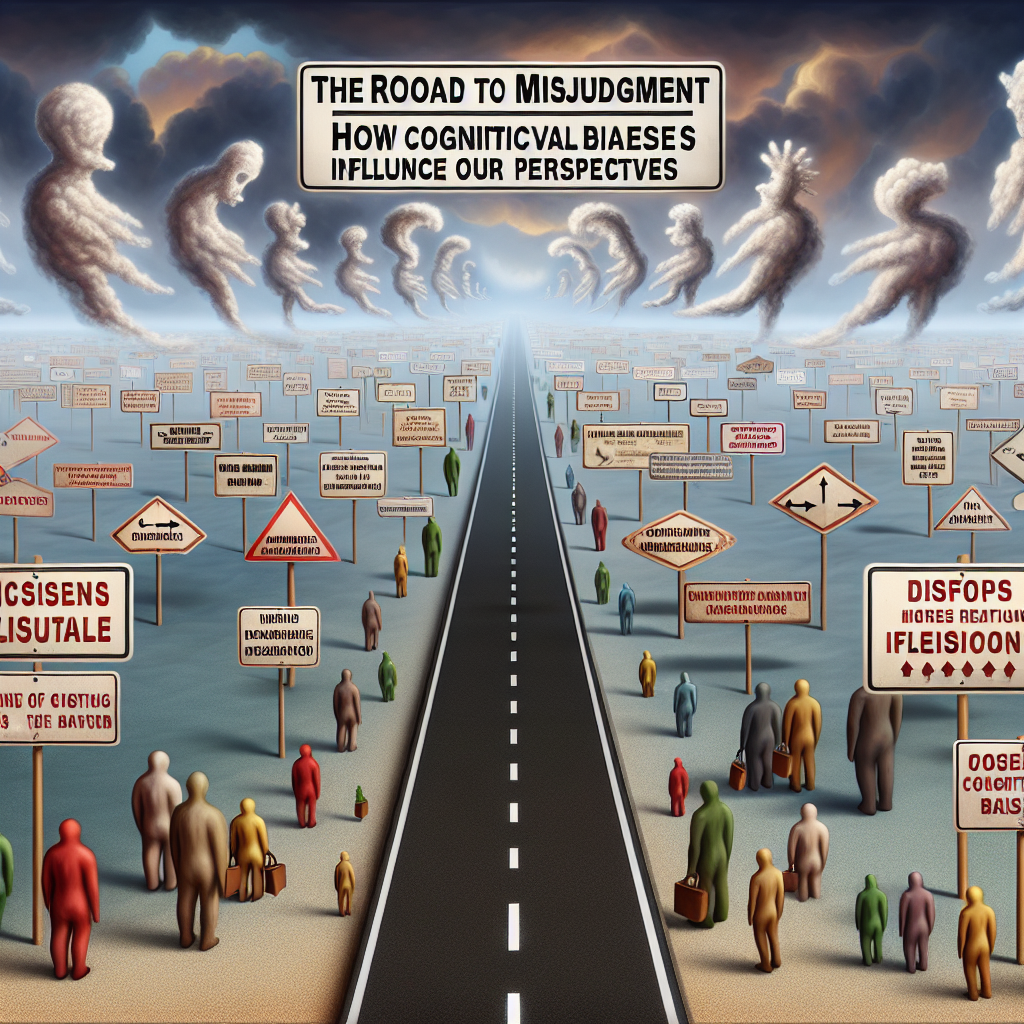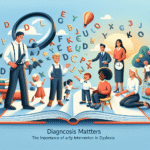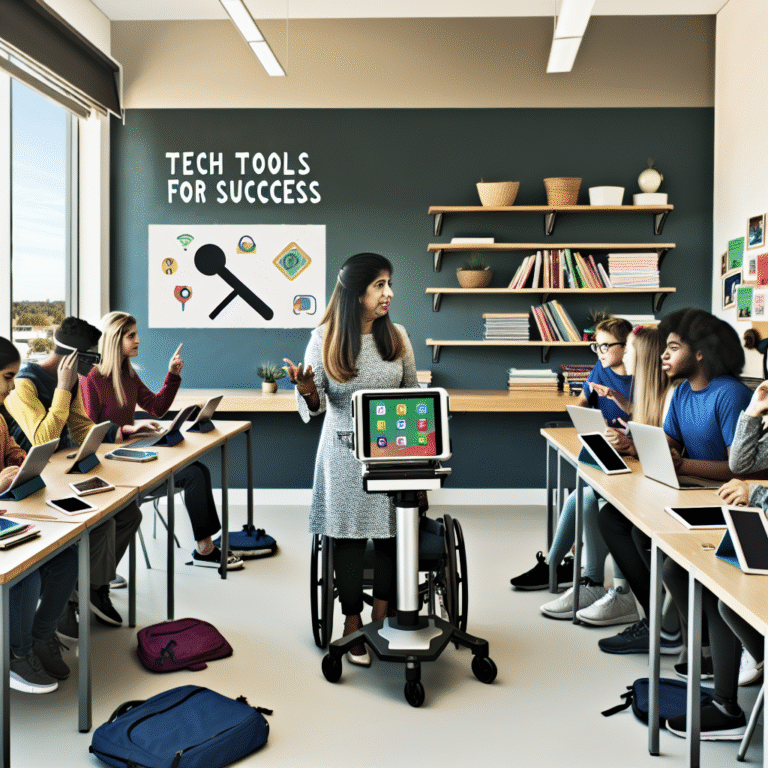
Introduction
In a world overflowing with information, making sound judgments is more crucial—and more challenging—than ever before. Every day, we face decisions about our health, finances, relationships, and even politics. Yet, despite our best intentions to make rational choices, cognitive biases often hijack our thought processes. The Road to Misjudgment: How Cognitive Biases Influence Our Perspectives explores these cognitive traps, revealing how they shape our views and decisions without us even realizing it. This article delves into the fascinating realm of cognitive psychology to equip you with the tools to recognize and mitigate the influence of these biases, ultimately leading to better decision-making.
Understanding Cognitive Biases
Cognitive biases are systematic patterns of deviation from norm or rationality in judgment. They can affect every aspect of our lives—from how we interpret news articles to our choices in relationships. Understanding these biases is key to avoiding misjudgments.
Common Cognitive Biases
Confirmation Bias: The tendency to search for, interpret, and remember information in a way that confirms one’s preexisting beliefs.
Anchoring Bias: The reliance on the first piece of information encountered when making decisions, regardless of its relevance.
Hindsight Bias: The inclination to see events as having been predictable after they have already occurred, often leading to a skewed understanding of causation.
- Availability Heuristic: The tendency to overestimate the importance of information that readily comes to mind, often influenced by recent events or dramatic news stories.
Table 1: Summary of Key Cognitive Biases
| Bias | Description |
|---|---|
| Confirmation Bias | Favoring information that confirms existing beliefs |
| Anchoring Bias | Relying heavily on the first piece of information encountered |
| Hindsight Bias | Believing past events were predictable after they occur |
| Availability Heuristic | Overestimating the importance of recent or vivid memories |
Case Study: The 2008 Financial Crisis
The 2008 financial crisis serves as a prime example of how cognitive biases can lead to disastrous outcomes. Many investors exhibited confirmation bias, ignoring red flags about risky mortgage-backed securities in favor of reports that praised the housing market. When the market collapsed, hindsight bias played a significant role as many analysts claimed they saw it coming, failing to recognize their earlier flawed assessments.
The Road to Misjudgment: Decision-Making Scenarios
To comprehend the magnitude of cognitive biases in our daily lives, we must evaluate how they impact various decisions we face.
Personal Finance
When making financial decisions, biases can distort our understanding of risk and reward. Anchoring bias often leads individuals to fixate on initial stock prices, ignoring subsequent market trends.
Example Analysis
Consider an investor who buys shares of a tech company at $100. When the stock price plummets to $60, they may hold onto it, thinking it will return to $100, mainly because of the initial anchor. This behavior not only affects individual investors but can ripple through financial markets, leading to larger economic consequences.
Healthcare Decisions
When it comes to healthcare, cognitive biases can result in misjudgments that affect patient outcomes. For instance, availability heuristic often leads people to overestimate the likelihood of rare diseases based on recent media coverage.
Case Study: Vaccine Hesitancy
During the COVID-19 pandemic, the explosion of misinformation influenced public perceptions about vaccines. Many individuals relied on information that confirmed their fears (confirmation bias) while ignoring mounting evidence supporting vaccine efficacy.
Social Relationships
In social interactions, biases can skew our perceptions of others. Attribution Bias, a type of cognitive bias, leads people to attribute others’ actions to their character while viewing their own behaviors as influenced by external circumstances.
Table 2: Social Relationship Biases
| Bias | Effect |
|---|---|
| Attribution Bias | Misunderstanding others’ actions versus our own |
| Halo Effect | Letting one positive trait influence overall perception |
| Self-serving Bias | Taking credit for successes while blaming external factors for failures |
Example Analysis
Imagine a colleague who arrives late to a meeting. You might think they’re irresponsible (attribution bias), while you justify your own tardiness with traffic issues. This misjudgment can poison workplace relationships and lower team morale.
Recognizing and Mitigating Cognitive Biases
Understanding how cognitive biases function is only half the battle. Identifying strategies to recognize and mitigate their effects is essential for improving decision-making.
Strategies for Awareness
Mindfulness and Reflection: Regularly practice mindfulness to improve your awareness of thought processes, allowing you to recognize when biases may be influencing your judgments.
Seek Diverse Opinions: Expose yourself to viewpoints that challenge your beliefs and seek feedback from others to help identify biases you may overlook.
Question Initial Impressions: When faced with a new piece of information, deliberately question your first reaction. Ask yourself if this judgment is influenced by an anchor or an emotional response.
- Continuous Learning: Engage with literature on cognitive biases. The more informed you are, the better equipped you will be to recognize these traps.
Case Study: Companies and Bias Awareness Programs
Companies like Google have implemented training programs to help employees recognize cognitive biases in decision-making. In one instance, these programs reduced confirmation bias during project evaluations, leading to more innovative and successful outcomes.
The Role of Technology
Modern technology has both amplified and mitigated the impact of cognitive biases. Social media algorithms can exacerbate biases by creating "echo chambers" that allow only certain perspectives to flourish.
Chart 1: The Impact of Social Media on Consumer Decision-Making
| Social Media Impact | Percentage of Users Affected |
|---|---|
| Confirmation Bias | 70% |
| Availability Bias | 55% |
| Bandwagon Effect | 65% |
Navigating the Digital Landscape
To navigate this complex digital landscape, it’s vital to approach information critically. Always cross-reference facts and consider the source before forming a conclusion.
Conclusion: Taking Charge of Our Decisions
The journey down The Road to Misjudgment: How Cognitive Biases Influence Our Perspectives is fraught with pitfalls. However, by understanding the mechanics of cognitive biases, we can enhance our decision-making capabilities and foster healthy relationships. Developing awareness, seeking diverse viewpoints, and continuously questioning our judgments are actionable strategies everyone can implement.
The world is full of complexities, but with conscious effort, we can navigate it with greater clarity and insight. It’s time to take charge of our perceptions and make informed decisions that benefit not only ourselves but those around us.
FAQs
1. What is a cognitive bias?
A cognitive bias is a systematic pattern of deviation from norm or rationality in judgment, which can skew our perception and decision-making.
2. How do cognitive biases affect our daily lives?
Cognitive biases can influence decisions about health, finances, relationships, and more by distorting our perceptions and judgments.
3. What is confirmation bias?
Confirmation bias is the tendency to search for, interpret, and remember information that confirms one’s preexisting beliefs.
4. How can I overcome cognitive biases?
Awareness is key. You can overcome biases by reflecting on your thought processes, seeking diverse opinions, and questioning initial impressions.
5. Why is it important to recognize cognitive biases?
Recognizing cognitive biases is essential for improving decision-making, fostering better interpersonal relationships, and enhancing critical thinking skills.
With this knowledge in hand, you’re now better equipped to travel the path of judgment wisely and effectively. Embrace the journey of continual learning and self-awareness, turning the road to misjudgment into a path of clarity and insight.












